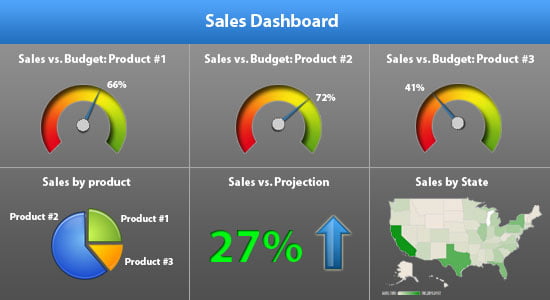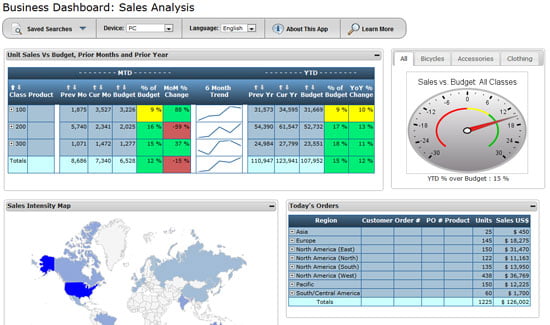6 big Business Intelligence trends of the near future
 Business Intelligence (BI) is changing. In the past, BI was used mainly by company executives, providing them with monthly/yearly reports on various aspects of the company. Using this data, executives could formulate company plans and strategies.
Business Intelligence (BI) is changing. In the past, BI was used mainly by company executives, providing them with monthly/yearly reports on various aspects of the company. Using this data, executives could formulate company plans and strategies.
While BI is still a vital piece of the planning and decision making process, this idea of “traditional BI” is quickly fading. As the workforce becomes more mobile, BI is moving outside the confines of the office. Modern business leaders demand real-time BI that’s always accessible–from anywhere at any time using any device. They demand BI that gets the right information into the right hands precisely when it’s needed.
So, what trends are driving this new approach to BI? Here are 6 key trends that I believe will dramatically alter the BI landscape in the very near future. …
6 big Business Intelligence trends of the near futureRead More »


 You’ve probably seen those strange-looking black and white boxes (like the one on the left) popping up all over the place. You may have seen them on bus stations, websites, business cards, and more. What are they, and should my business pay attention to them?
You’ve probably seen those strange-looking black and white boxes (like the one on the left) popping up all over the place. You may have seen them on bus stations, websites, business cards, and more. What are they, and should my business pay attention to them?